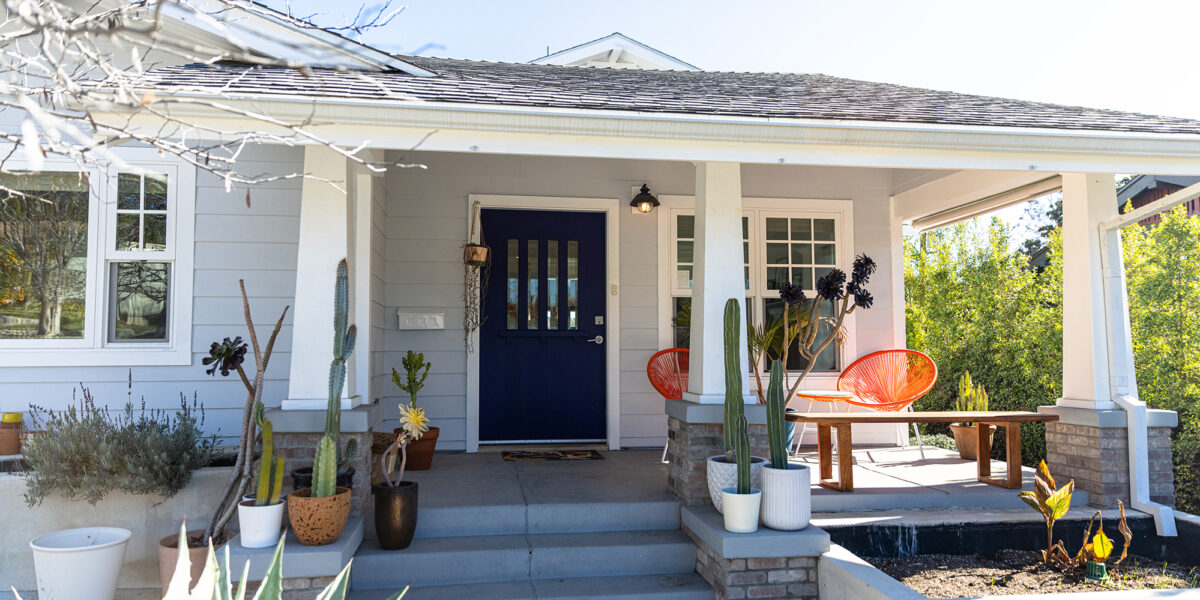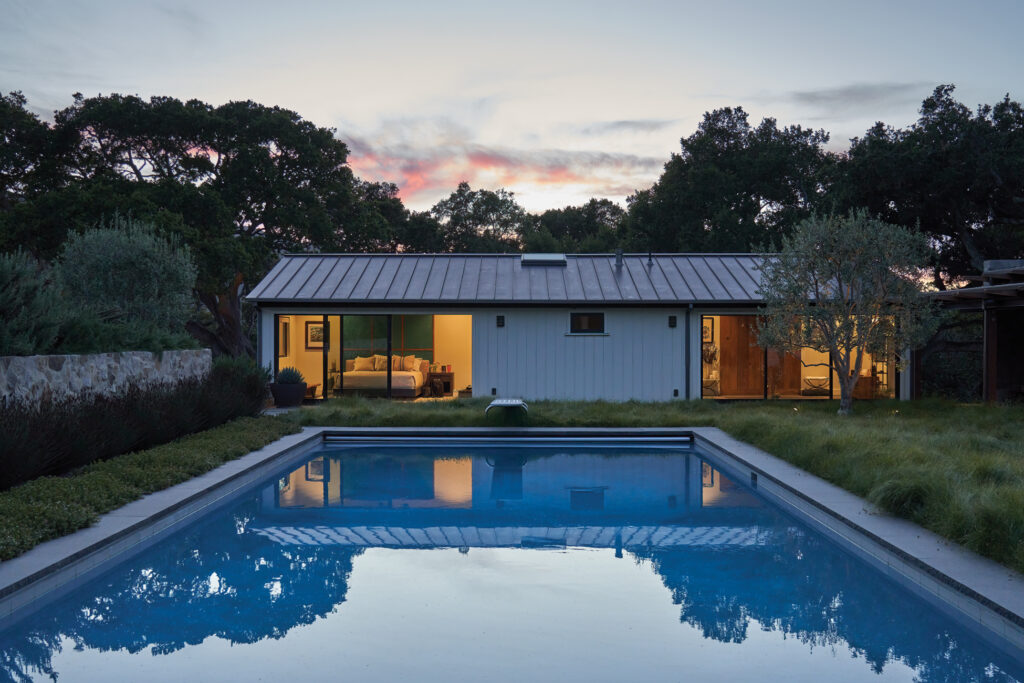
What California’s New ADU Law Means for the Housing Market
What buyers and sellers need to know, according to an expert.

adamkaz/Getty Images
A new law in California—Assembly Bill 1033—went into effect in January to allow homeowners to split up their property and sell ADUs like condos. This past June, San Jose became the first city to move forward since it was passed in 2023.
Last year, the city of San Jose issued more than 460 permits allowing homeowners to build ADUs on their property, according to NBC Bay Area. So, what exactly does this mean for homeowners, as well as potential sellers and buyers? Lindsey Harn, a residential real estate agent and owner of Lindsey Harn group in San Luis Obispo, California, explained her predictions and potential consequences for Californians.

The Good Brigade/Getty Images
The Ultimate Goal Is Affordable Housing
“The goal is to make housing more affordable and encourage people to build smaller, more affordable housing styles,” Harn says. “It allows people to generate more income or make a purchase more affordable if you’re able to literally split off half your lot and sell a smaller home.”
These “smaller units” are 1,200 square feet and both parties (seller and buyer) would need to form a homeowner’s association and agree on how to take care of the property, per the NBC report.
There’s More Opportunity for New Buyers to Get Into the Market
With high interest rates and relatively low volume in the housing market, this could also allow people to get into the market more easily. For instance, Harn says kids could “team up” with their parents and live on two “lots” within the same original property.
Neighborhoods Will Likely Get More Crowded
Dividing a lot will mean more homeowners occupying the same neighborhood, which could lead to overcrowding—and challenges to find parking. Harn adds that a lot of jurisdictions are waiving parking requirements, meaning some occupants won’t have onsite parking.
“It’s going to change the dynamics of neighborhoods quite a bit,” she says. “It’s going to make them a little more dense and also, there’s the parking and the crowdedness aspect.”

Thomas J. Story
Investors Might Have Some Limitations
Harn says “true investors” could experience challenges because there are potential requirements for people to own or occupy one of the units for as long as five years—each jurisdiction is different.
Some Cities Aren’t Prepared for This New Law
“I think the challenges are that a lot of the cities aren’t really prepared as well as they should be or know the ins and outs of the state law,” Harn says. “In San Luis Obispo, they’re putting some restrictions and saying lots should be evenly split. So if you have an existing structure that is not properly situated on the lot, these overlays are making it a lot more difficult. Like anything, it’ll be interesting to see what the cities can legally require.”
Because of this, you’ll want to consult with your city to determine the rules (if any) associated with the law. Harn also recommends seeking out the advice of an experienced architect or builder to see if they’ve worked on similar projects.

Gustavo Zambelli/Unsplash
Interested Homeowners Should Get Started ASAP
Curious about adding an ADU to your property? Harn says you should consider the timeline: You’ll need to factor in the approval and building process, which she says could take one to two years. If you’re not quite ready to build a new unit on your lot, you can still make an effort to get the city approvals you (or a future owner) will need to move forward with the plans. Plus, it’s possible that this law won’t be around forever.
“This law could go away or get changed down the road, so if adding an ADU is in line with your investment or retirement plans, I would absolutely start the process and look into it now,” Harn says.
